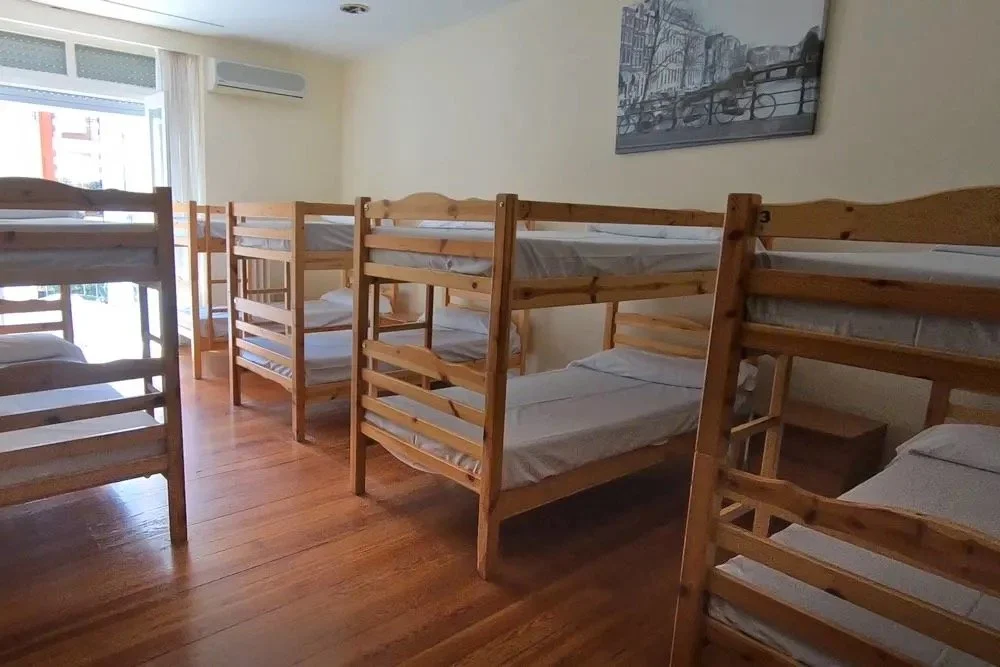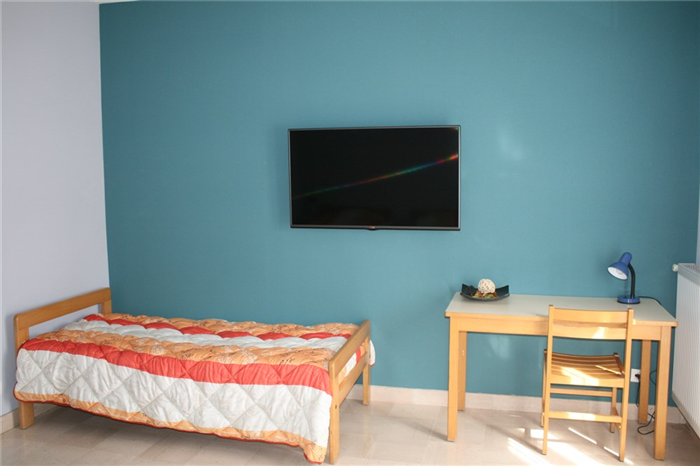Paris: Monastery Style
Paris first. Then off to St. Jean Pied de Port for the first night of the formal Camino. At least that is what I thought.
Typical alburgue on Camino
Much of the intention of this Camino pilgrimage is to experience and study the infrastructure of alburgues on the route of the Camino Frances, the most popular route of the Camino de Santiago. Alburgues are essentially the Spanish word for hostels. Knowing that America has over 175,000 miles of designated routes and trails with hundreds (if not thousands) of churches which share a mission for hospitality, I have set out to answer the question,
Might America be primed for establishing a pilgrimage culture and infrastructure on our soil?
In order to start the Camino Frances, I need to fly to Paris, take a couple of days to adjust to the jet lag, and hop on a train for a 7-hour ride to St. Jean Pied de Port where the pilgrimage begins. I had fully imagined that my first introduction to the unique hospitality of the Camino would be in St. Jean Pied de Port.
The grounds of Catholique Residence Lanteri in Paris
But my study will actually begin in Paris. After discovering Paris hotels and Airbnb’s were running three to four times my expected budget, I began looking around. A friend who is advising me on my planning begin suggesting alternatives options. When she mentioned Monastery Stays my ears immediately perked up. Not only did I take advantage of the dormitory-style rooms of a repurposed convent in San Giovanni Rotundo in Italy in 2014, but this is exactly what I have come to explore:
How can religious buildings that have been used for either Catholic orders or congregations for decades and centuries be repurposed to serve the community in a time of declining religious loyalty?
The simplicity of being a monk or a pilgrim—Catholique Residence Lanteri
I am thrilled that I get to add this to my list of experiences. In Spain on the Camino I expect to stay at the full range of alburgues all the way from the public alburgues run by the municipalities to private alburgues run by individuals, churches, and other organizations. But I doubt I will be able to stay at a repurposed monastery like I will in Paris.
That’s all I wanted to report. Over the approximately six weeks of the Camino Frances I will be staying in various alburgues, talking with those who run them, and trying to assess how well the Spanish experience might translate to a potential American experiment.
Ask yourself these questions:
Are you in a community on one of the historic routes and trails crisscrossing America?
Are you part of or is there a church in your community with a deep commitment to hospitality?
Are you part of or is there a church in your community that no longer is using all of the space it was originally built for?
If you answered “yes” to any of those questions, you might be interested in what I discover in Spain while walking the Camino de Santiago.
Stay tuned!
Brian Heron
Cultural Innovator and Spiritual Pilgrim



